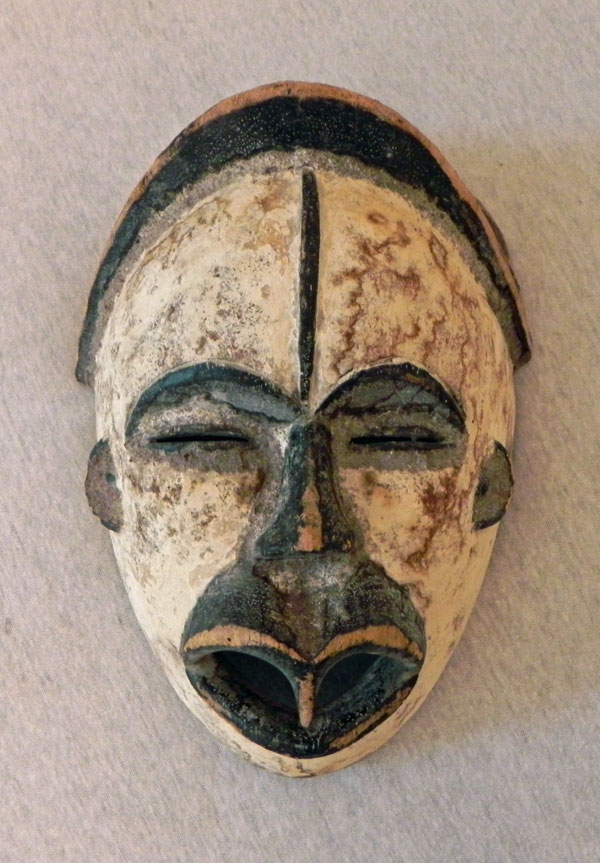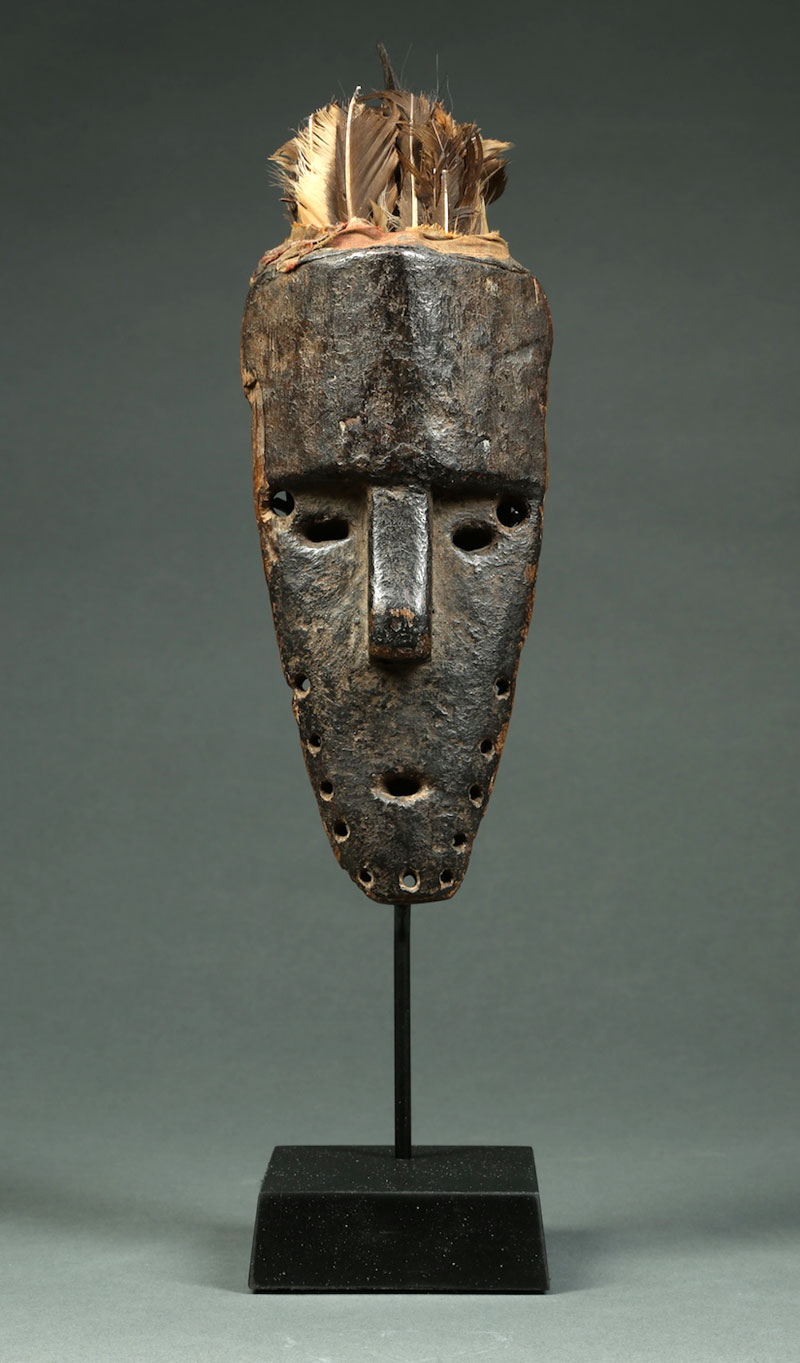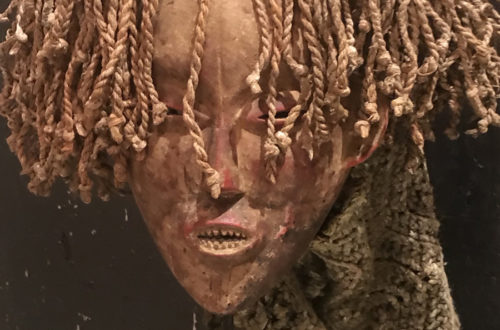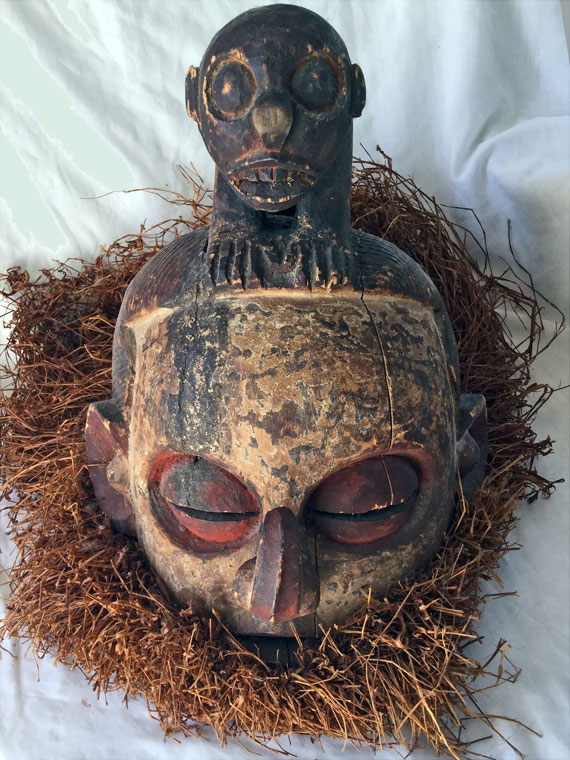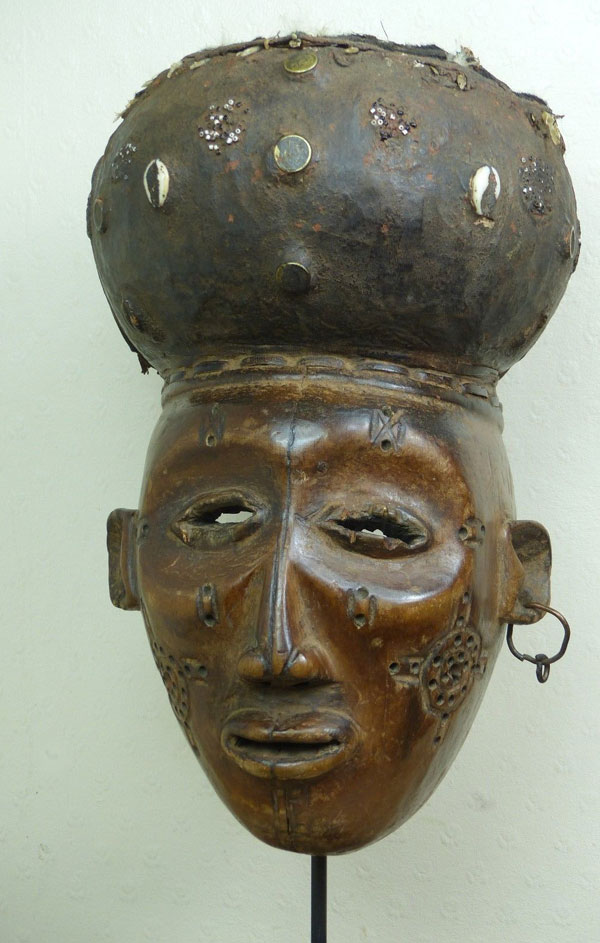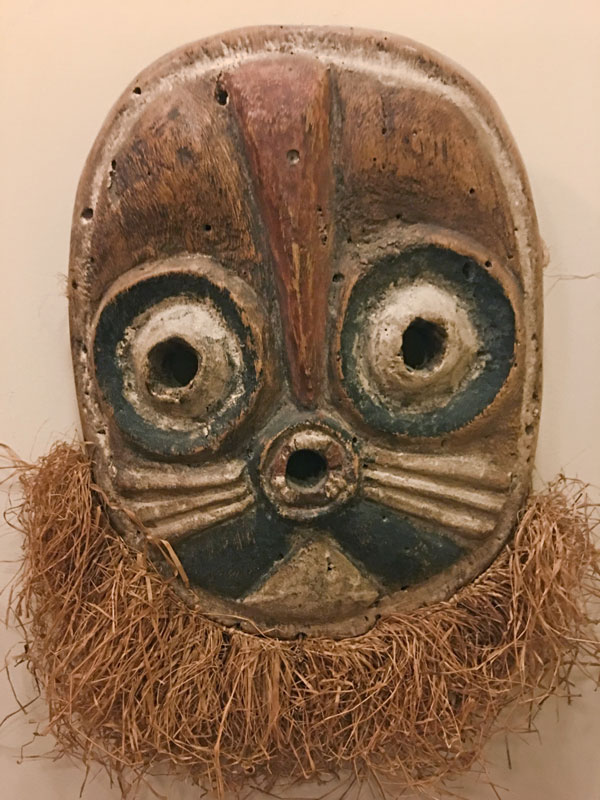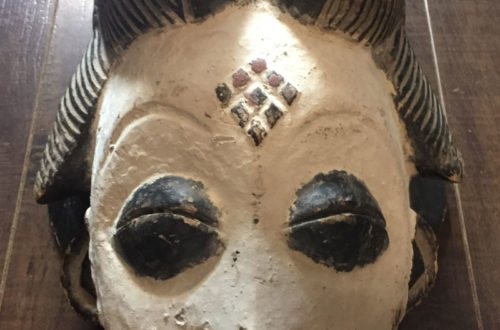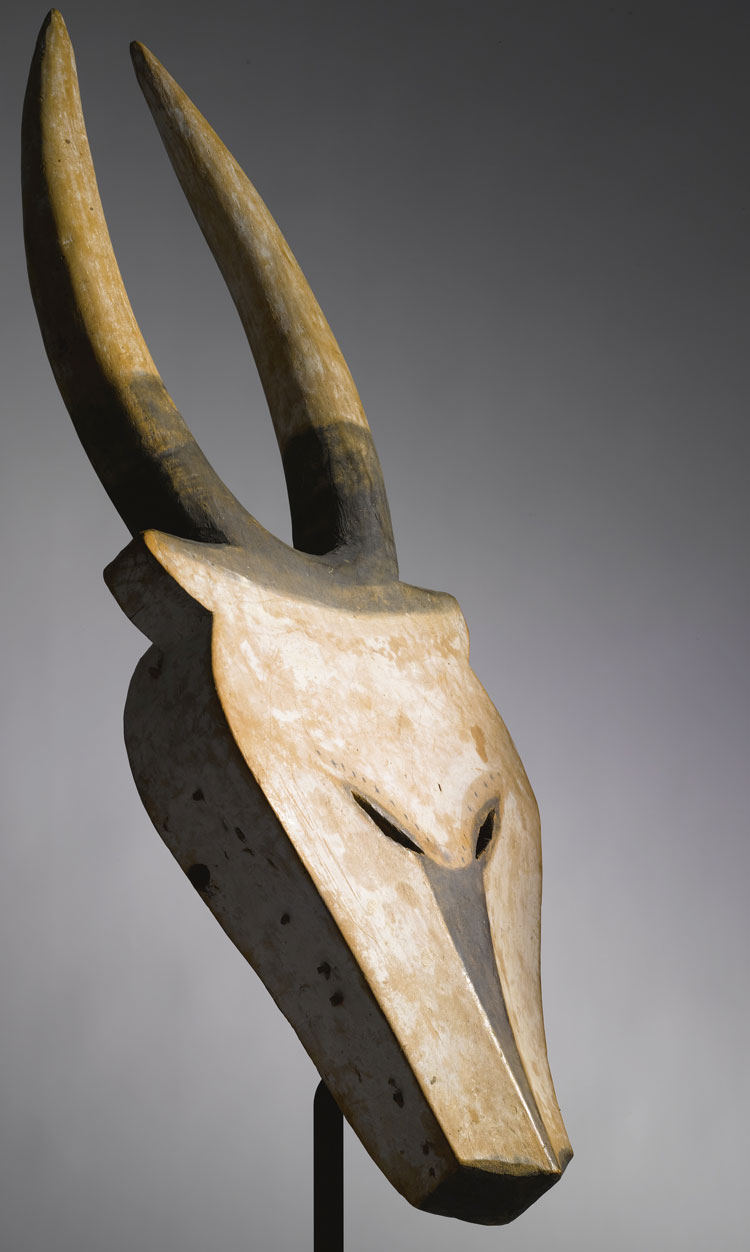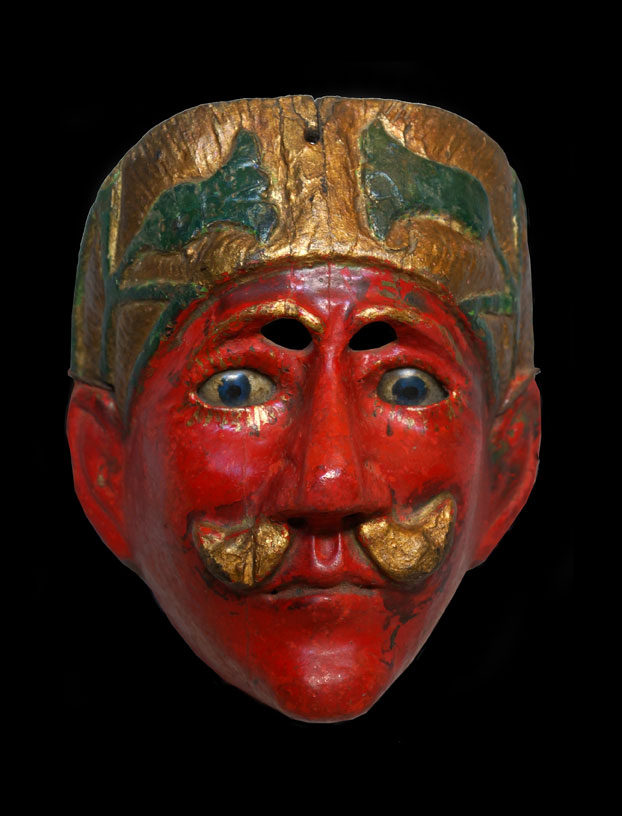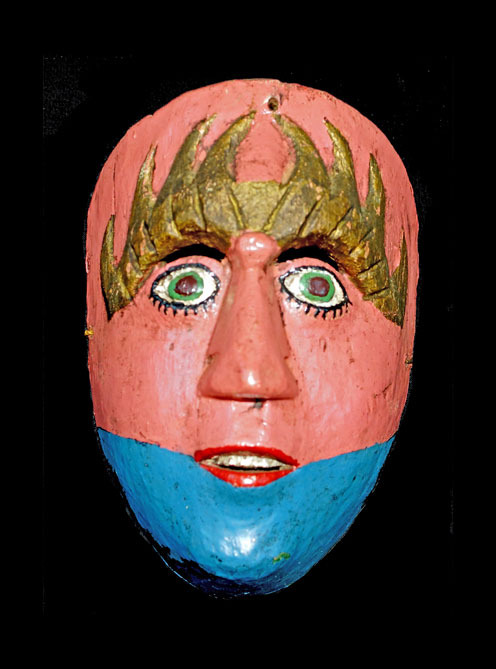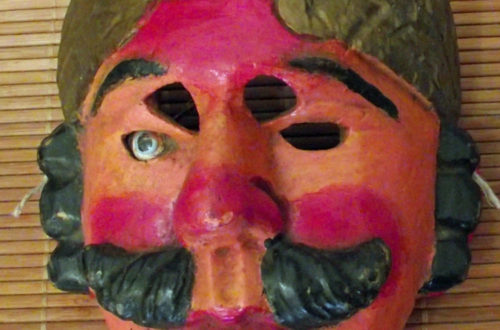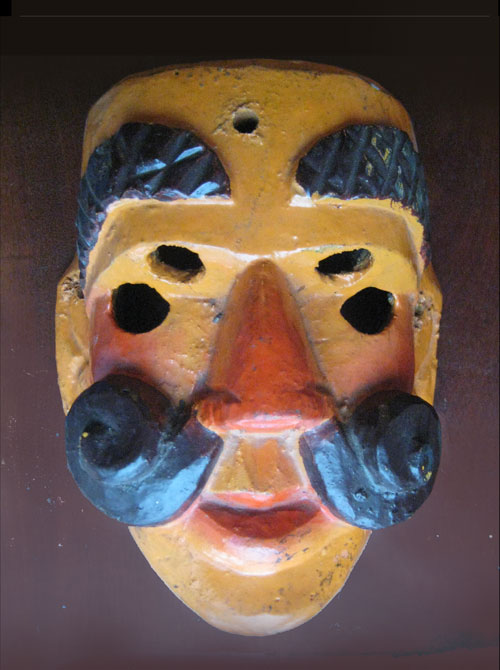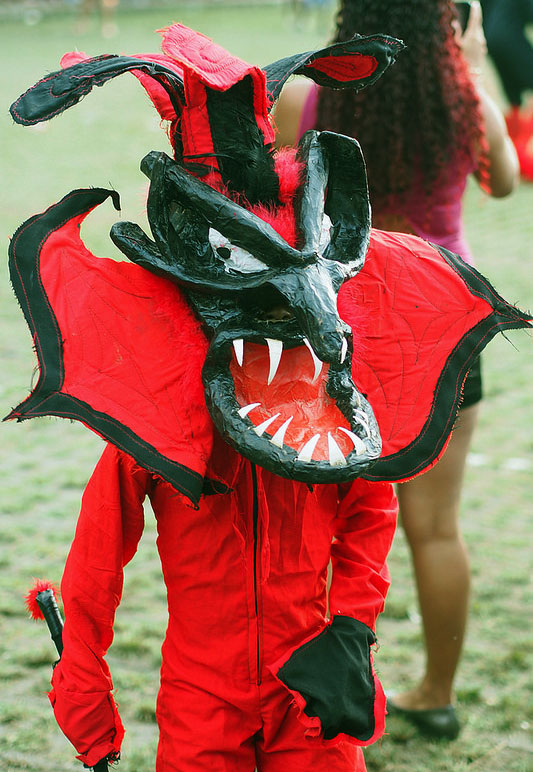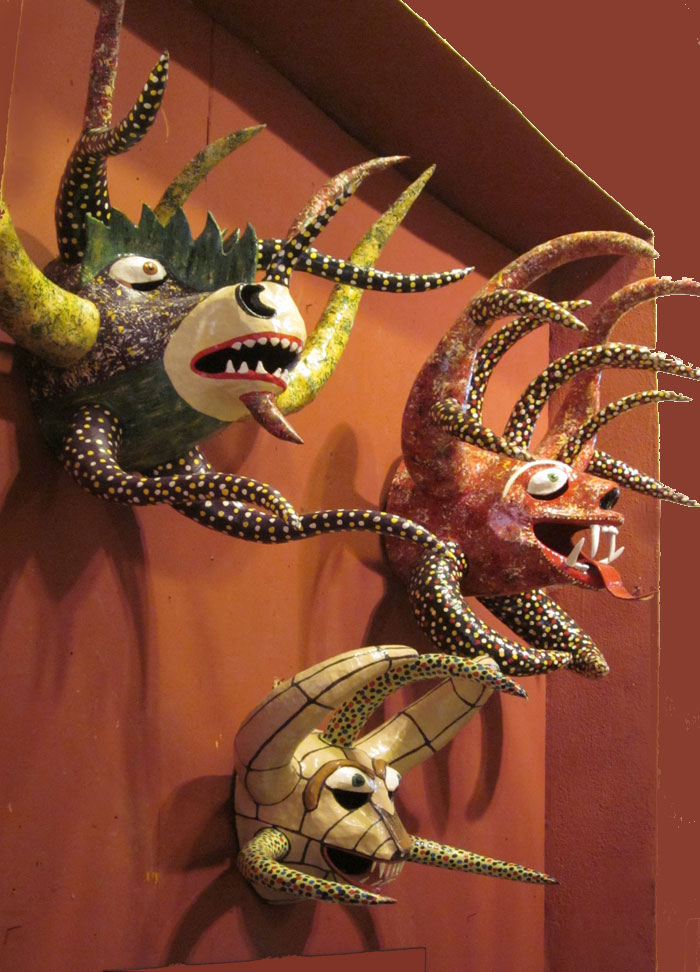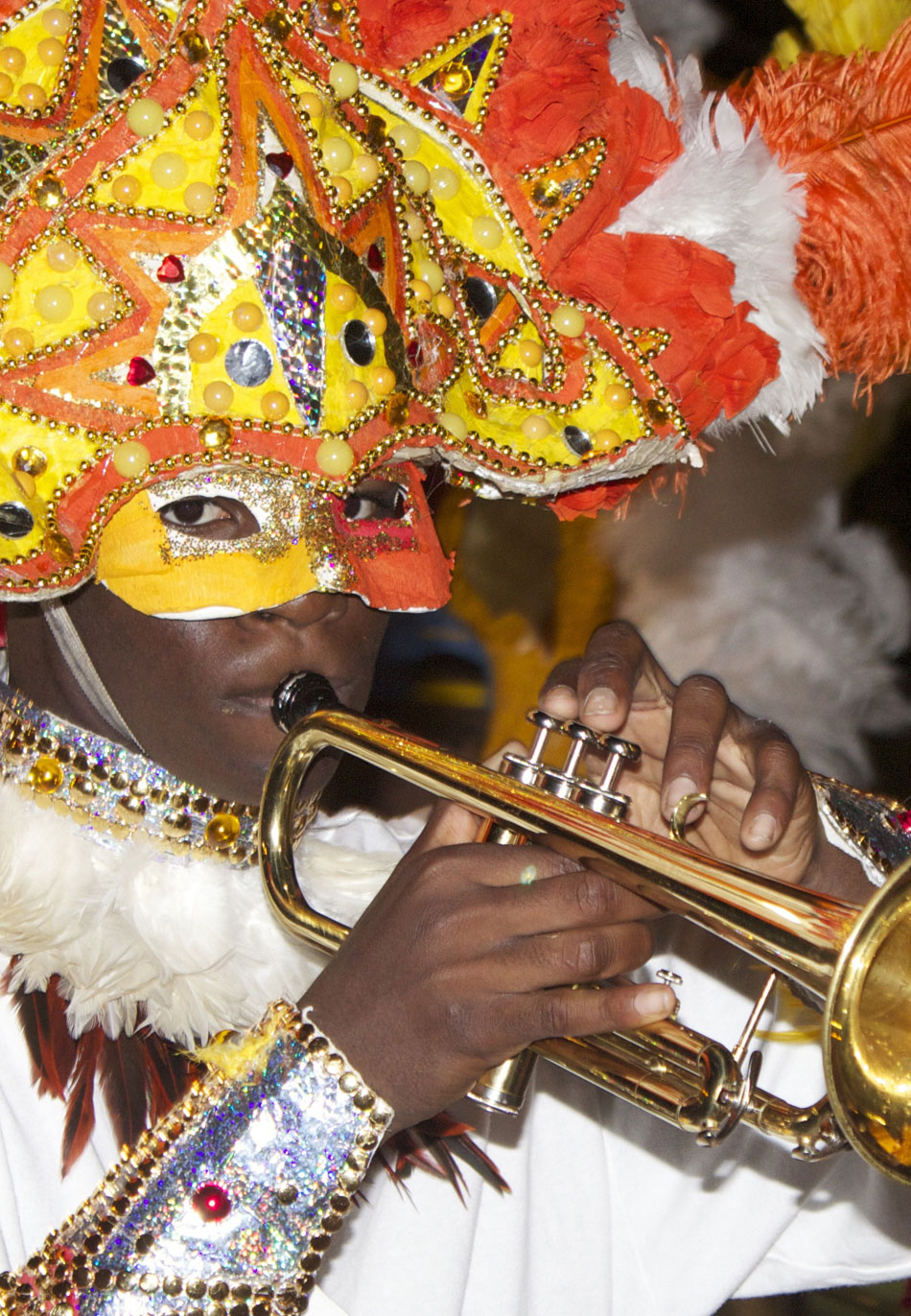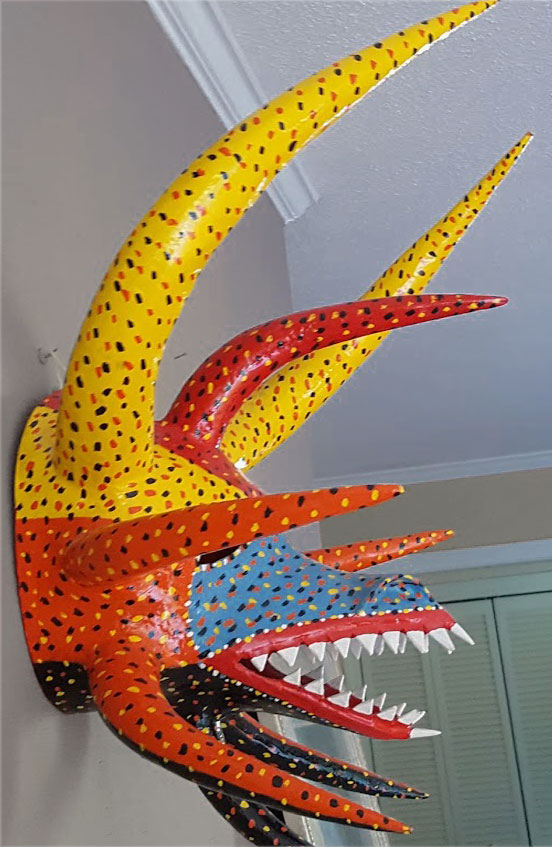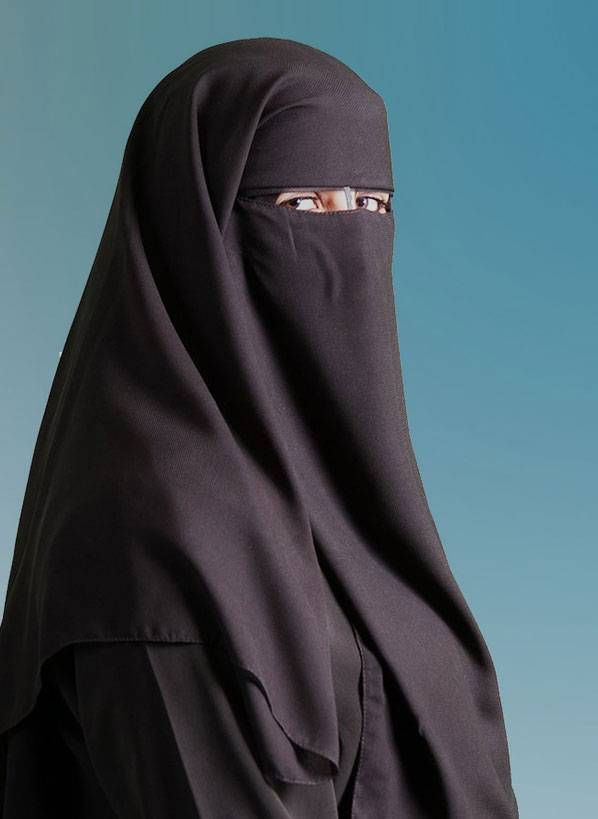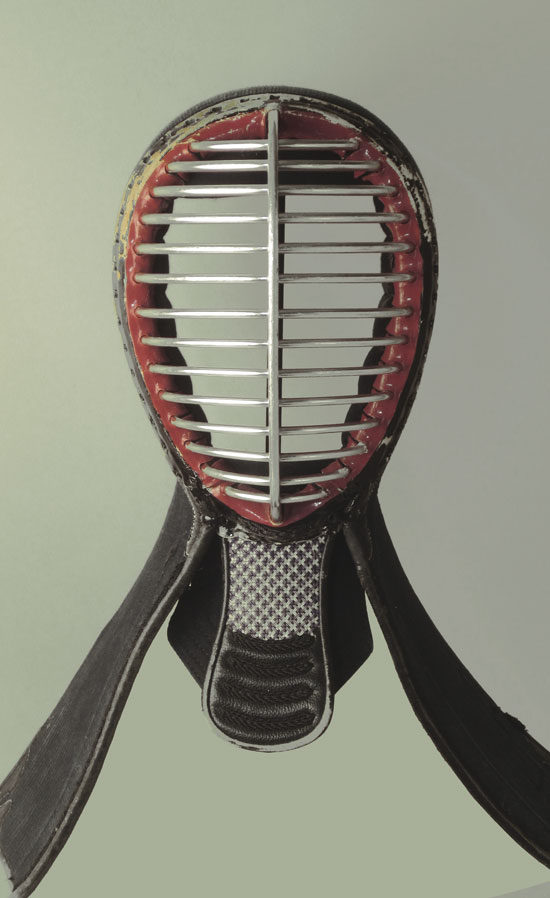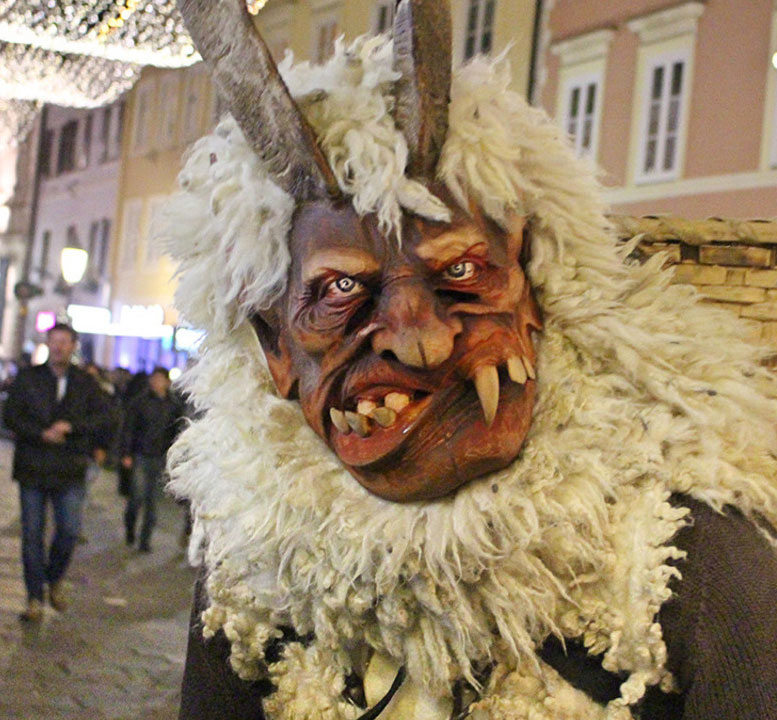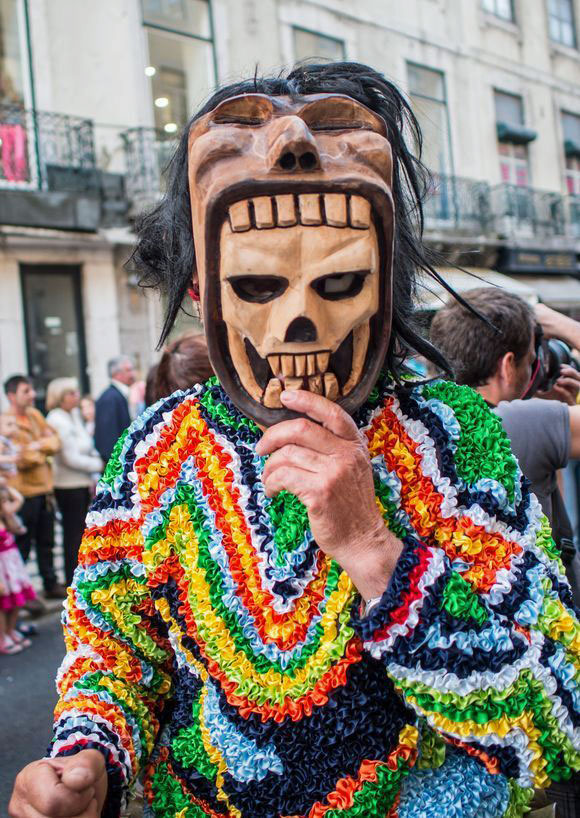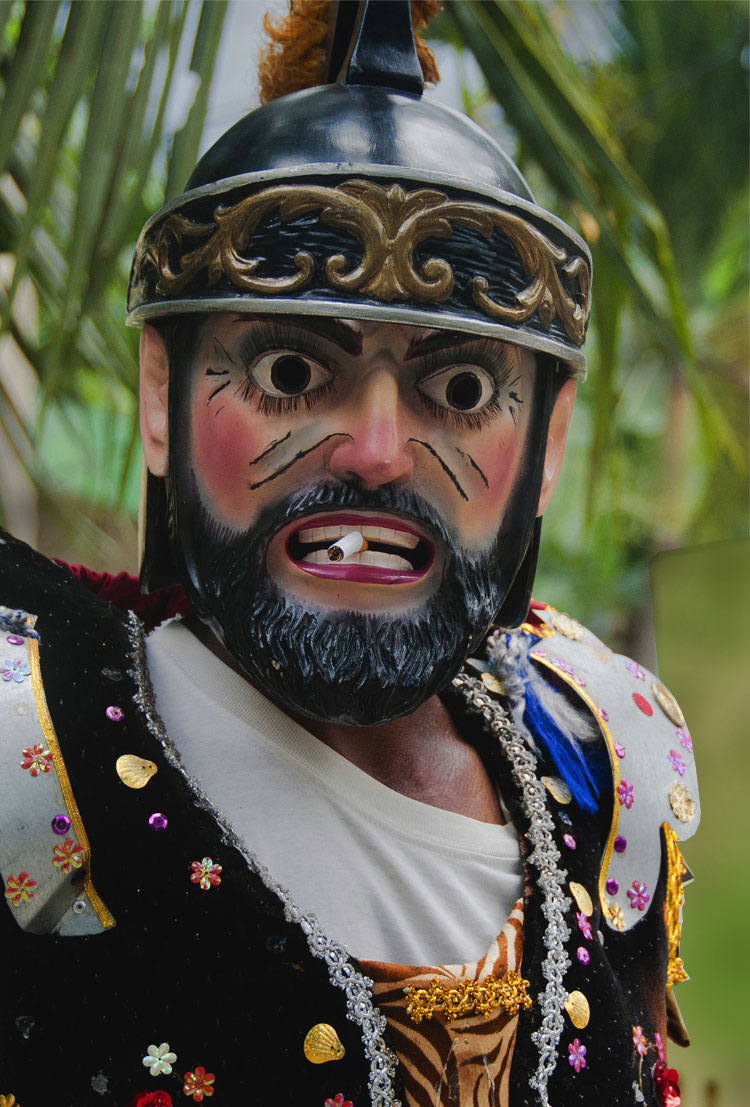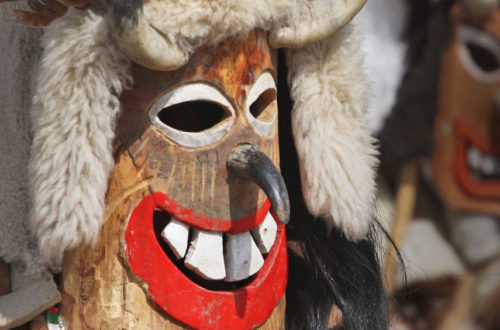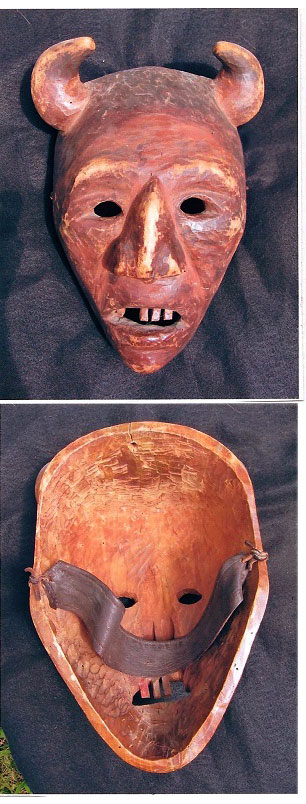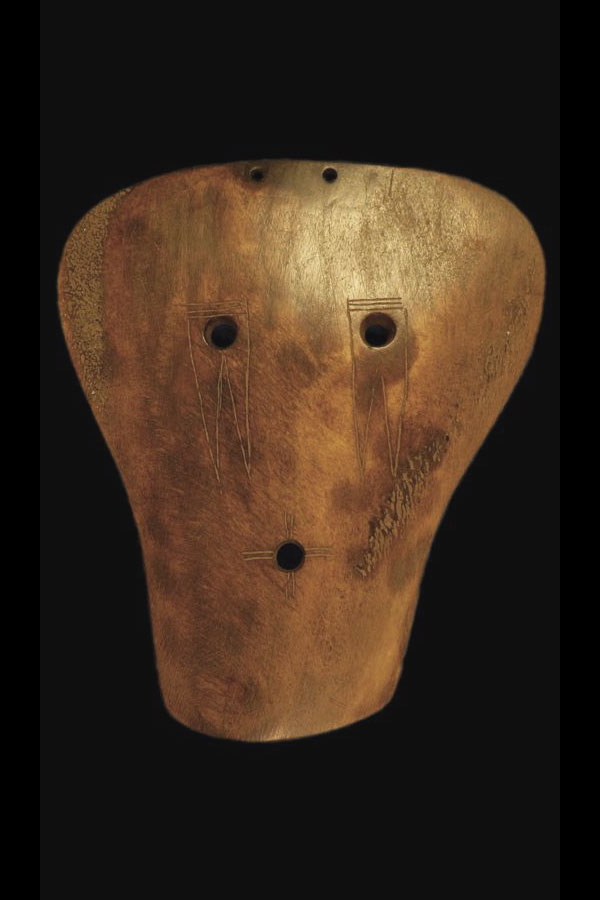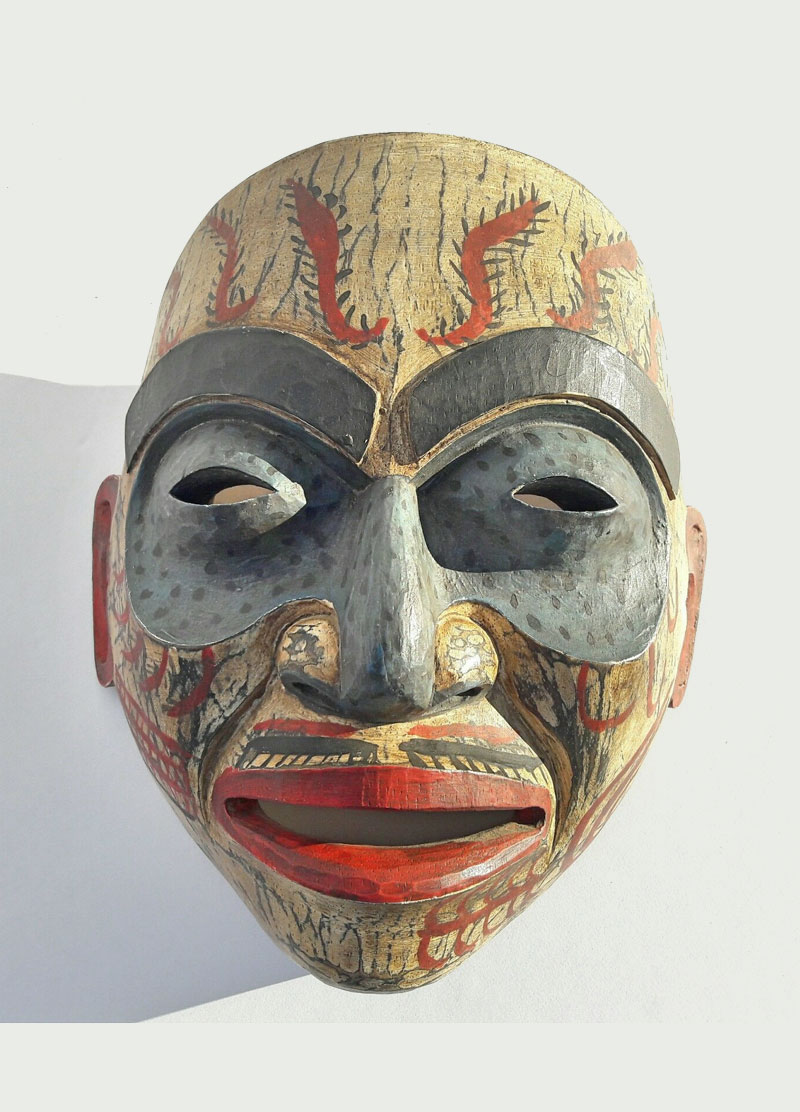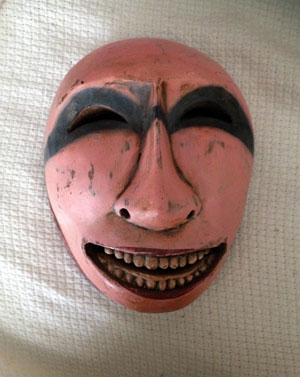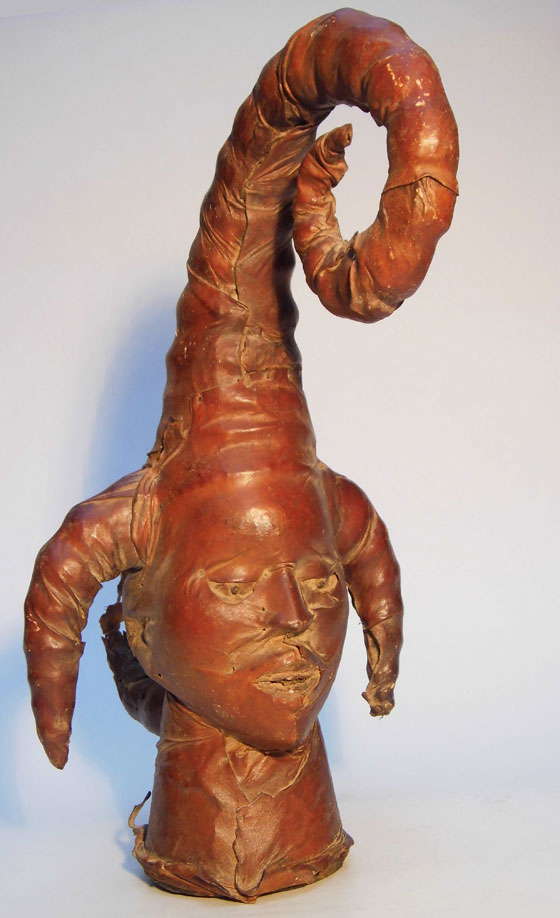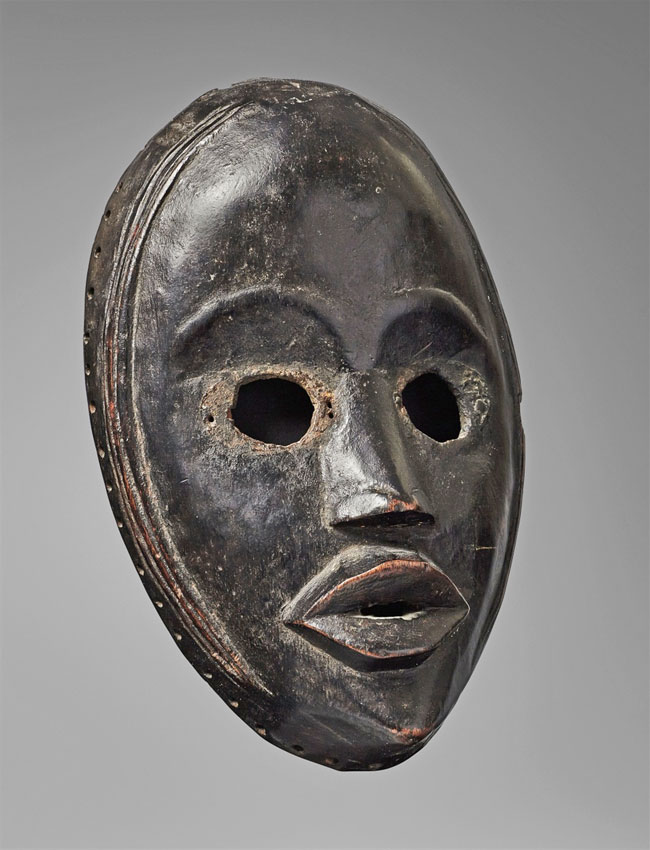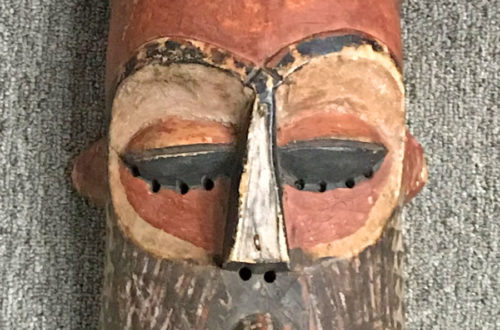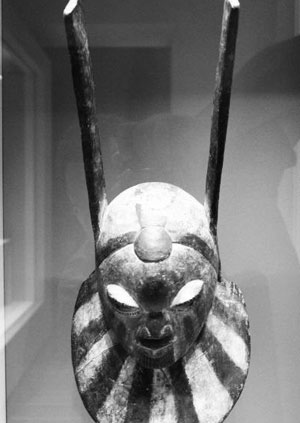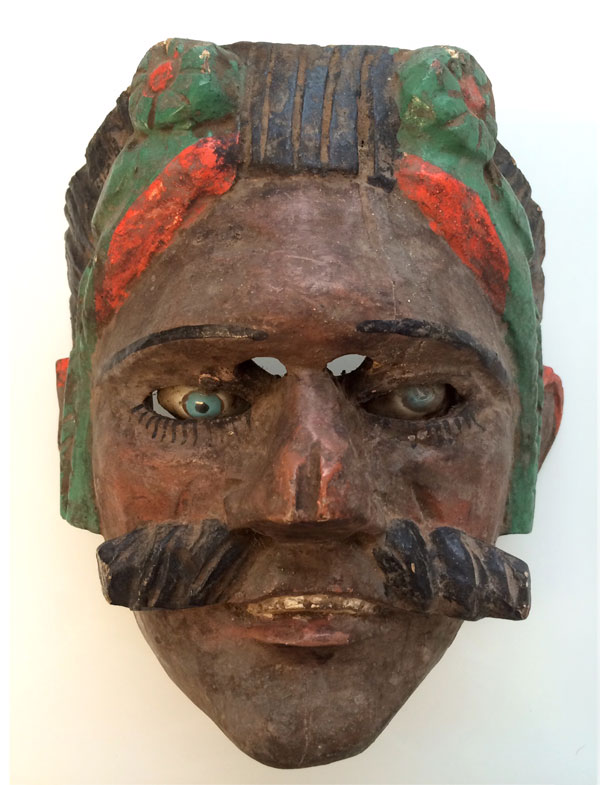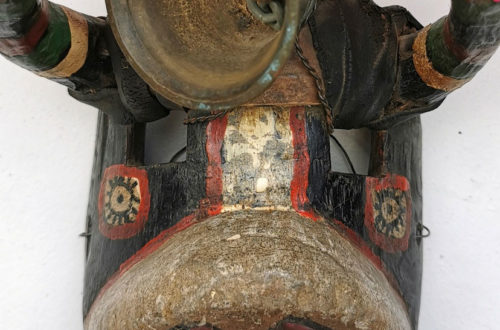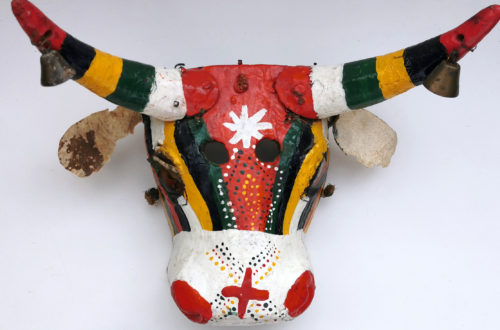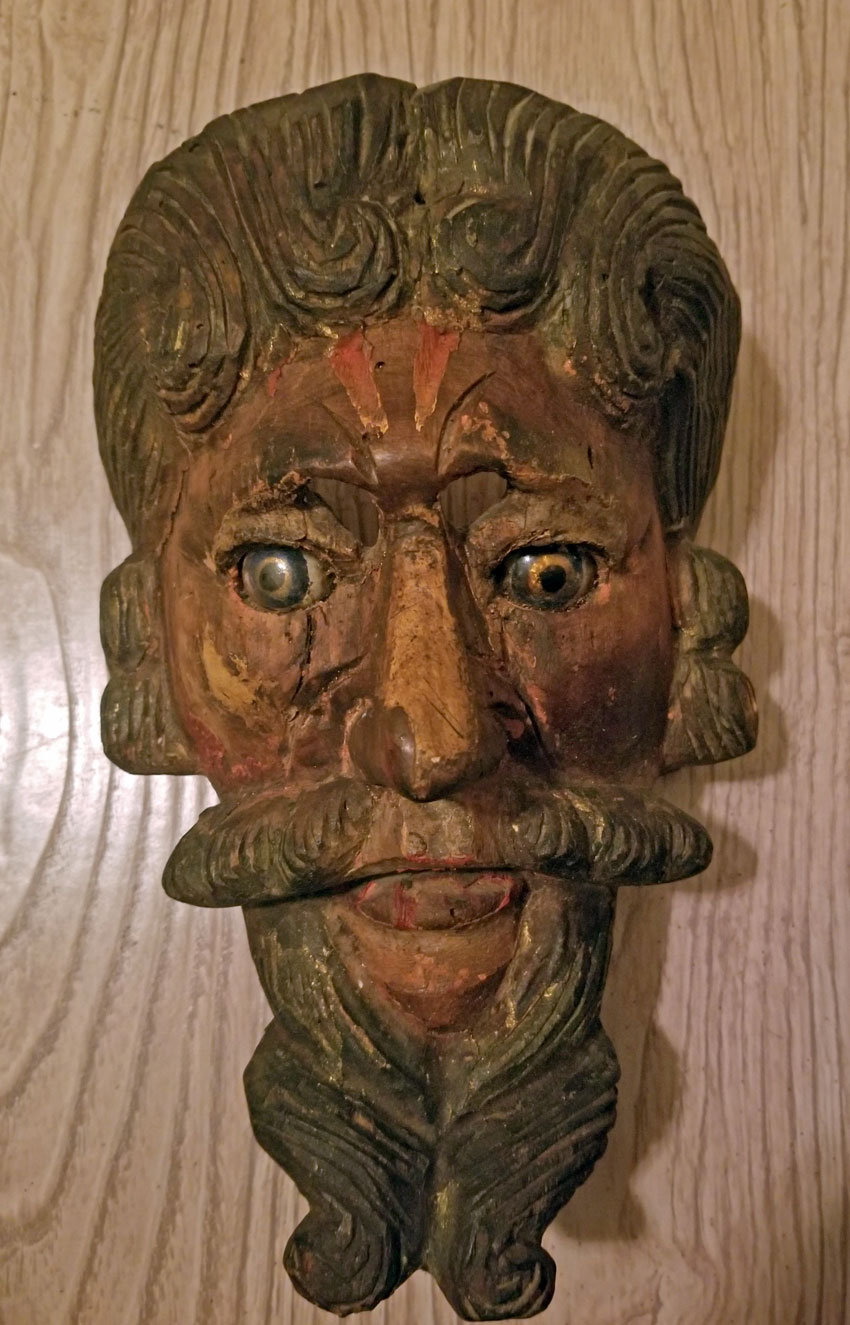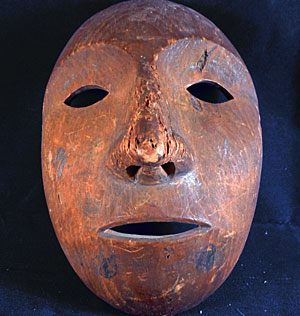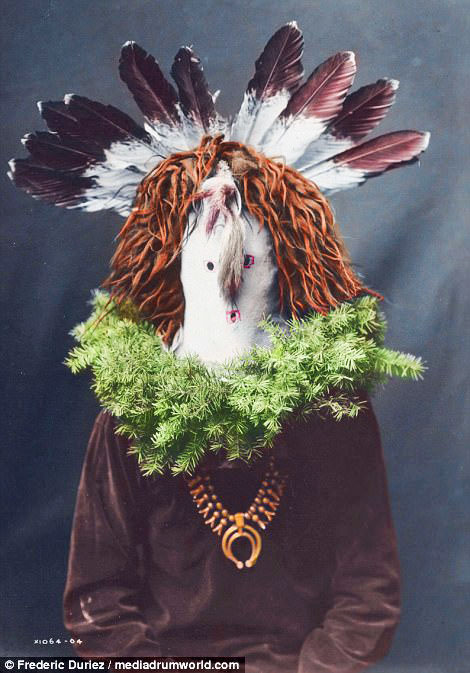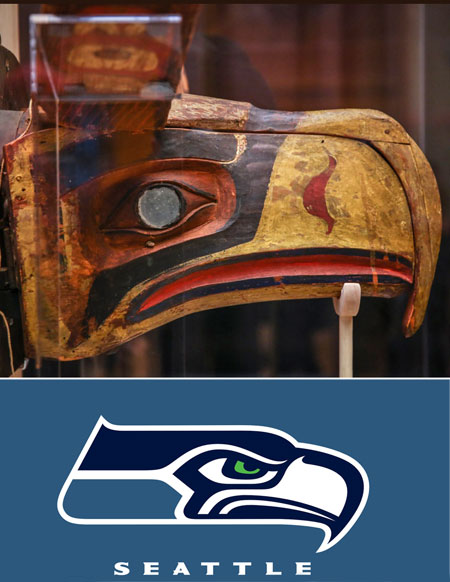Q: Got a lot of old and nice stuff from my father… I found an old African mask from the area of Gabon that’s about a hundred years old. This information is from an expert settled in Vienna, Austria, Dr Erwin Melchardt. I would like to sell the mask to a collector. Moe, 1074 A: I’m not an expert on any of the many cultures around the world that practice masquerade. All I can tell you about this object covered with black paint and white kaolin is that it reminds me of some masks I have seen from West-Central Africa including the Punu in Cameroon, the Yombe in the…
-
-
Even an expert can ask for help
Q: I’m asking for an ethnic ID of this mask. It shows good age and use. It was sold to me on eBay as Ovimbundu by Michel Muhandele who sells as Ebony Tree. He has recently offered Ovimbundu statues that appear authentic. The mask shows Chokwe/Lwena elements like facial cheek markings and the large ‘coiffure.’ But Ovimbundu seems more likely. They are neighbors of the Chokwe in Angola. Comparisons of the mask with Ovimbundu statues and staffs show similar cheek markings. Also similar are the eyes and almost closed mouth. The brownish patina is common in Ovimbundu statues. And there are two buttons embedded in the coiffure, one on each…
-
Report from Guatemala
This 50-year-old Pastor mask has been used many times for the Baile de los Pastores in the southwest Guatemala. It’s a rare character in bright red that introduces Chapter 10 of Masks of the World, written by me and Troy Yohn. It’s an excuse to post an exciting report that Aaron sent in today about his travels. Bob, 1072 Hey, Bob, I hope you are well and enjoying the pre-holiday season. I am still in Guatemala, but I thought you’d like to hear about my masking adventures, which will end in 24 hours. In Antigua Guatemala, the tourist capital of the country, I found an antique dealer who…
-
Wild Panama Devil mask
Our new book, Masks of the World, is divided into 14 categories of masks. In chapters on Africa, India & Himalayas, East Asia, etc. you can easily picture the area we’re dealing with. Our Caribbean chapter covers a lot more territory than the name implies. I have found that masquerade of the Northern edge of South America and some of Central America is strongly influenced by the Caribbean. And why not? These large areas surrounding the sea are heavily populated by the same African/Spanish/Indian cultures as the islands. This wild and crazy mask is from Portobelo, Panama, which is located on the east shoreline facing the Caribbean Sea. Bob, 1071…
-
WWI tank crew mask
Q: Hello Bob, although this mask isn’t mine, my friend would like to know what it is and where it originated. He got it at an auction in London for $200. It seems to be leather with chain-mail. If anyone knows the answer, it’s you! Thanks, Aiden, 1070 A: This interesting piece of facial armor could come from anywhere in the UK, US or Europe. It is a true mask in that it is worn for a specific purpose. People make or buy these masks for medieval reenactment and possibly some steampunk events. In case you don’t know about these modern-day activities, please Google LARP (Live Action Role Playing),…
-
It’s Krampus time in Austria
Troy just sent me this link. The article describes an important Christmas time festivity in the Alps and contains some wonderful photos taken on the village street. I loved looking at them. Hope you do too. http://www.atlasobscura.com/articles/how-to-blend-in-at-an-alpine-krampus-parade
-
Cherokee booger mask
Q: I recently purchased this mask from a gallery in Rhode Island for $120, and was wondering if it hints as Native American and if so what tribe? Aaron (not the collector), 1069 A: This looks like a mask carved by Will West Long. He was born in the remote western North Carolina community of Big Cove. For almost 30 years, Long served on Tribal Council, where he was instrumental in establishing the Cherokee Indian Fair, among other accomplishments. A good wood carver and mask maker, Long died in 1947. The Booger Dance is a traditional dance of the Cherokee tribe, performed with ritual masks. It is performed at night…
-
Ekoi animal skin masks
The Ekoi-speaking peoples (also called Ejagham) are best known for their large, skin-covered masks, which may have one, two or even three faces, and for their smaller headpieces, which represent a head or an entire figure. In the old days human skin was said to be used by the Leopard Society members who used the masks in their rituals. These skin-covered helmet-masks are unique in Africa. They can only be found in the Cross River region of southeast Nigeria and a part of Cameroon. Unfortunately, we don’t see nice ones like this on the market often. Bob, 1067 Save
-
Sad Tecun Uman mask
Q: This mask with a mustache is made from a very heavy type of wood and has two glass eyes. It is almost 9 inches long and 7 1/4 wide. If it interests you to post, feel free to include it on your site. Glenn, 1066 A: Tecun Uman is the famous leader of the Mayan army that almost defeated the Spanish conquerors. General Pedro Alvarado killed him in combat. Wikipedia describes him briefly, but there is much more. If you go to Categories/Guatemala on the right and scroll down to #808 you’ll see a much different version. Neither of these carvings are particularly good, but Tecun Uman would be…
-
Mississippian bone gorget
Q: Of course this mask is Inuit and not Cherokee. The fellow I’d mentioned previously, had gotten confused. I’ve not seen one of these masks made with bone, like snow goggles. My guess in age is the 1800’s? Are the line markings on the back suggesting a spirit leaving, through the holes, to the spirit world? I wonder what the markings around the eyes signify. It is 6 1/4″ high. What is your opinion? PJ, 1065 A: Gorgets are a Native American art form of polished, carved shell or bone pendants worn around the neck. The gorgets are frequently engraved, and are sometimes highlighted with pigments or pierced with openings.…
